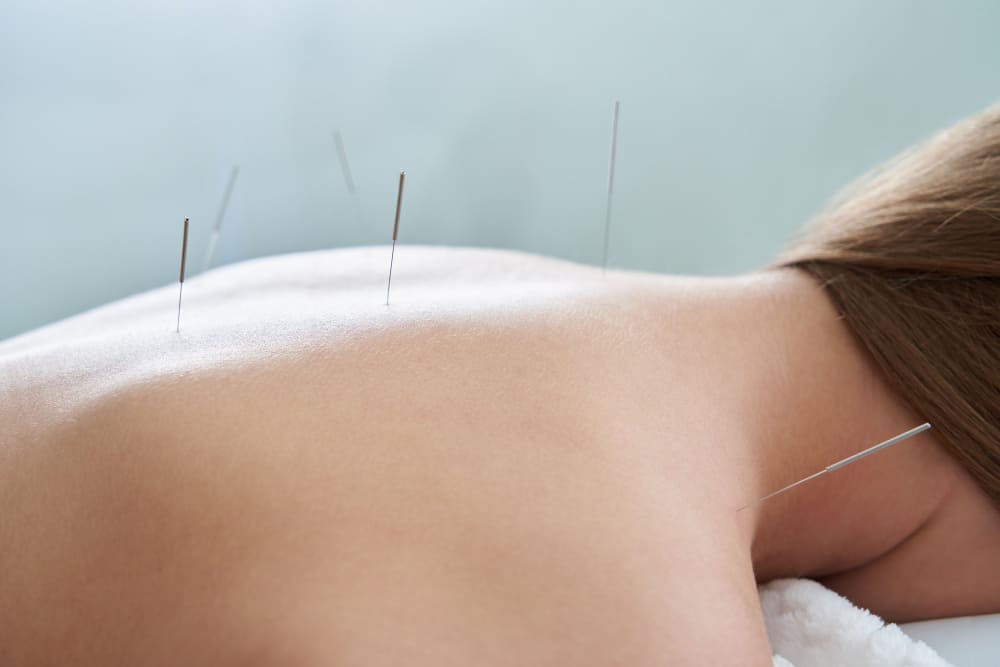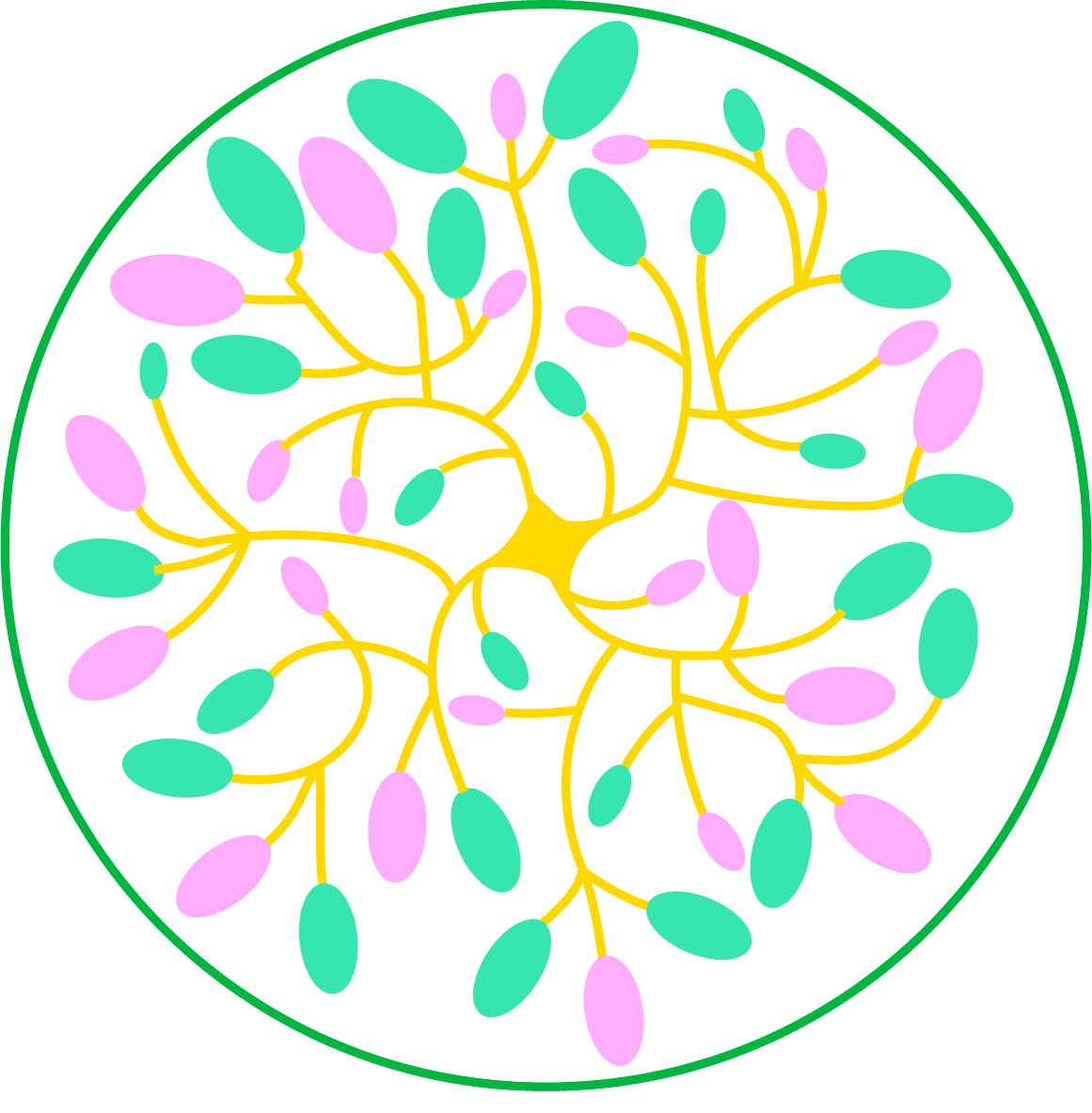
Injury recovery is a crucial process that requires time, proper care, and effective treatments. While conventional methods such as physical therapy and medication play a significant role, acupuncture has emerged as a complementary therapy that accelerates healing and reduces pain naturally. This ancient practice, rooted in Traditional Chinese Medicine (TCM), has been used for centuries to restore balance in the body and promote overall well-being. But how exactly can acupuncture help you recover from injuries? Let’s dive into its benefits and effectiveness.
Understanding Acupuncture and How It Works
Acupuncture involves inserting thin, sterile needles into specific points on the body to stimulate energy flow, known as Qi (pronounced “chee”). According to TCM, injuries disrupt this energy flow, leading to pain, inflammation, and impaired function. By stimulating acupuncture points, this therapy enhances blood circulation, reduces inflammation, and promotes the body’s natural healing mechanisms.
From a scientific perspective, acupuncture is known to trigger the release of endorphins (natural painkillers), increase blood flow to affected areas, and stimulate the nervous system to promote tissue repair. These effects make acupuncture a valuable tool for injury recovery.
The Benefits of Acupuncture for Injury Recovery
1. Pain Relief Without Side Effects
Many individuals rely on painkillers for relief, but these medications often come with side effects and the risk of dependency. Acupuncture provides a natural alternative by reducing pain through endorphin release and nerve stimulation.
2. Reduces Inflammation and Swelling
Inflammation is a natural response to injury, but excessive swelling can prolong recovery. Acupuncture helps modulate the body’s inflammatory response, promoting faster healing and reducing discomfort.
3. Enhances Blood Circulation
Proper blood circulation is essential for delivering oxygen and nutrients to injured tissues. Acupuncture improves circulation, accelerating the repair process and reducing muscle stiffness.
4. Speeds Up Muscle and Joint Recovery
For athletes or individuals with musculoskeletal injuries, acupuncture can help repair strained muscles, ligaments, and tendons more efficiently. It works by promoting collagen production and encouraging cellular repair in damaged areas.
5. Reduces Scar Tissue Formation
After an injury or surgery, excessive scar tissue can lead to restricted movement and discomfort. Acupuncture aids in breaking down scar tissue, keeping muscles and joints flexible.
6. Improves Range of Motion and Mobility
Stiffness and limited movement are common after an injury. Acupuncture helps restore flexibility by relaxing tight muscles, reducing nerve compression, and improving overall mobility.
7. Supports the Body’s Natural Healing Abilities
Rather than simply masking symptoms, acupuncture works with the body’s innate ability to heal itself. This makes it a valuable therapy for long-term recovery and injury prevention.
What Types of Injuries Can Acupuncture Help With?
Acupuncture is effective for various injuries, including:
-
Sports injuries (sprains, strains, tendonitis)
-
Joint pain (arthritis, bursitis, frozen shoulder)
-
Back and neck pain (herniated discs, whiplash, sciatica)
-
Post-surgical recovery
-
Repetitive strain injuries (carpal tunnel syndrome, tennis elbow)
-
Nerve pain (neuropathy, pinched nerves)
What to Expect in an Acupuncture Session
During a session, a licensed acupuncturist will evaluate your condition and develop a personalized treatment plan. The practitioner will insert fine needles into specific acupuncture points, which may be near or distant from the injury site. You might feel a slight tingling sensation, warmth, or relaxation during the treatment.
Sessions typically last between 30-60 minutes, and most patients experience noticeable improvements after a few treatments. Depending on the severity of the injury, a full recovery may require multiple sessions over several weeks.
Is Acupuncture Right for You?
Acupuncture is generally safe and well-tolerated, with minimal side effects. It is suitable for individuals of all ages and can be used alongside other rehabilitation therapies. However, it’s essential to consult a qualified acupuncturist and discuss any pre-existing medical conditions before starting treatment.
Conclusion
If you’re looking for a natural and effective way to recover from injuries, acupuncture may be the solution you need. By promoting pain relief, reducing inflammation, improving circulation, and enhancing overall recovery, acupuncture supports the body’s healing process without the risks associated with medications or invasive procedures. Whether you’re an athlete, recovering from surgery, or dealing with chronic pain, acupuncture can be a powerful tool in your rehabilitation journey. Consider exploring this holistic therapy and take a step toward faster, more efficient healing
